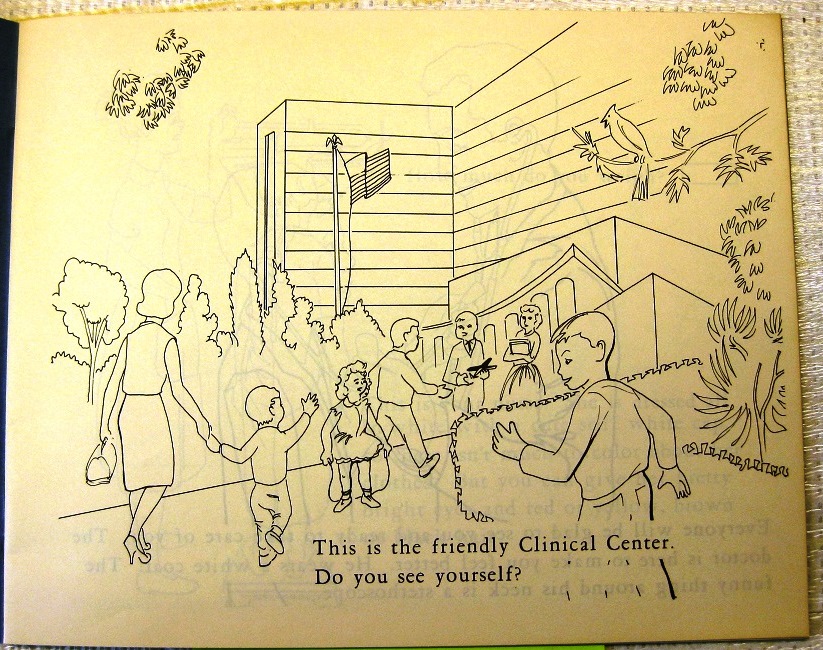New NIH Museum Acquisitions: Computer Boards to Coloring Books
What fantastic objects have made it into the NIH Stetten Museum collection lately? This month you get to take a peek at some of our newest accessions.
Have you ever had a PET scan? (That’s short for positron emission tomography.) This computer board, called a discriminator, was one of 64 in the Neuro-PET scanner designed and built at the NIH under the direction of Dr. Giovanni De Chiro of the National Institute of Neurological Disorders and Stroke (NINDS) Neuroimaging Branch. When it was built in the early 1980s, the Neuro-PET was the only high-resolution high-sensitivity scanner in the world and remained state-of-the-art for many years. This computer board generates timing pulses that indicate the arrival of a photon with nanosecond accuracy and determines if it is a valid reading. Now if you have to have a PET scan, you can imagine rows of these boards surrounding you.

What better way to introduce children to the National Institute of Health’s research hospital than a coloring book? “The Friendly Clinical Center” depicted doctors and nurses, hospital rooms and food, and medical clothing and procedures, like shots, as well as the playroom.

The first page of the 1961 version asks, “This is the friendly Clinical Center. Do you see yourself?” By the 1989 version (also new to our collection), that answer was more likely to be positive because it included more ethnically diverse characters.

Although the stethoscope symbolizes “physician” to most people, this X-Ray Accessories Inc. acoustic version belonged to a research scientist. Dr. Louis Sokoloff, National Institute of Mental Health (NIMH), was known for his work using PET scanning to map brain functions with vivid color images, for which he won the 1981 Lasker Award. Sokoloff’s maps and techniques ultimately helped physicians treat patients by leading to a better understanding of and treatments for brain problems like dementia, epilepsy, and various mental diseases.
Acoustic stethoscopes transmit sounds from a patient's body to a physician’s ear via either a diaphragm (the flat disk) or a bell, capturing acoustic waves from the patient’s internal organs or skin that travel up the tubes.

Selling cookbooks used to be a good fundraiser—this 1977 cookbook compiled by the National Institute of Health’s Recreation and Welfare Association made $1000 for the Clinical Center Patient Emergency Fund in its first printing.

It was so popular that they printed it three times and compiled another whole cookbook in 1985 (also in our collection). It’s open here to one of my favorites: Crab Imperial Maryland.

Visit the "I Am Intramural" Blog later this month to see more new accessions that I'm excited about.
Related Blog Posts
This page was last updated on Wednesday, July 5, 2023
